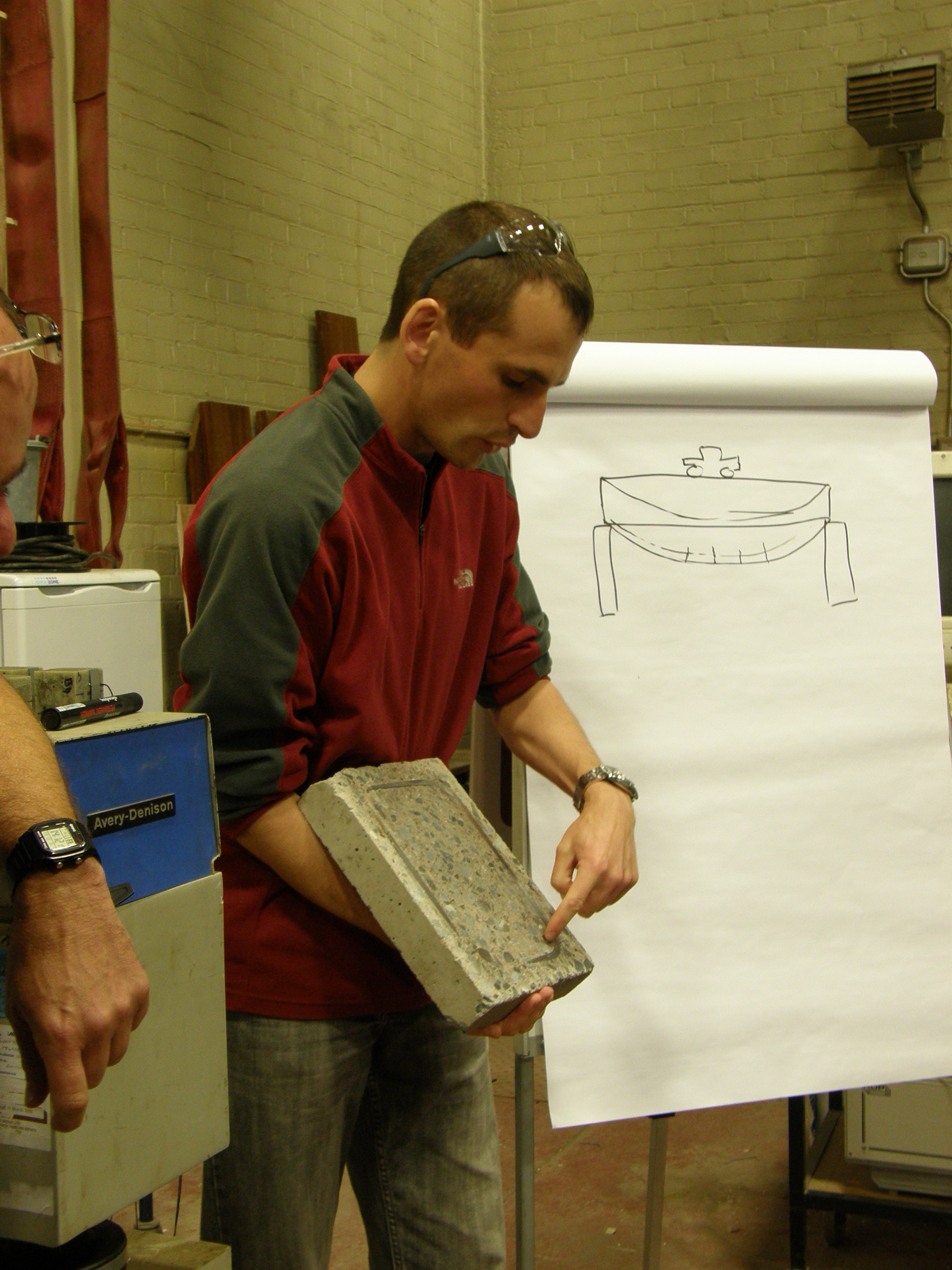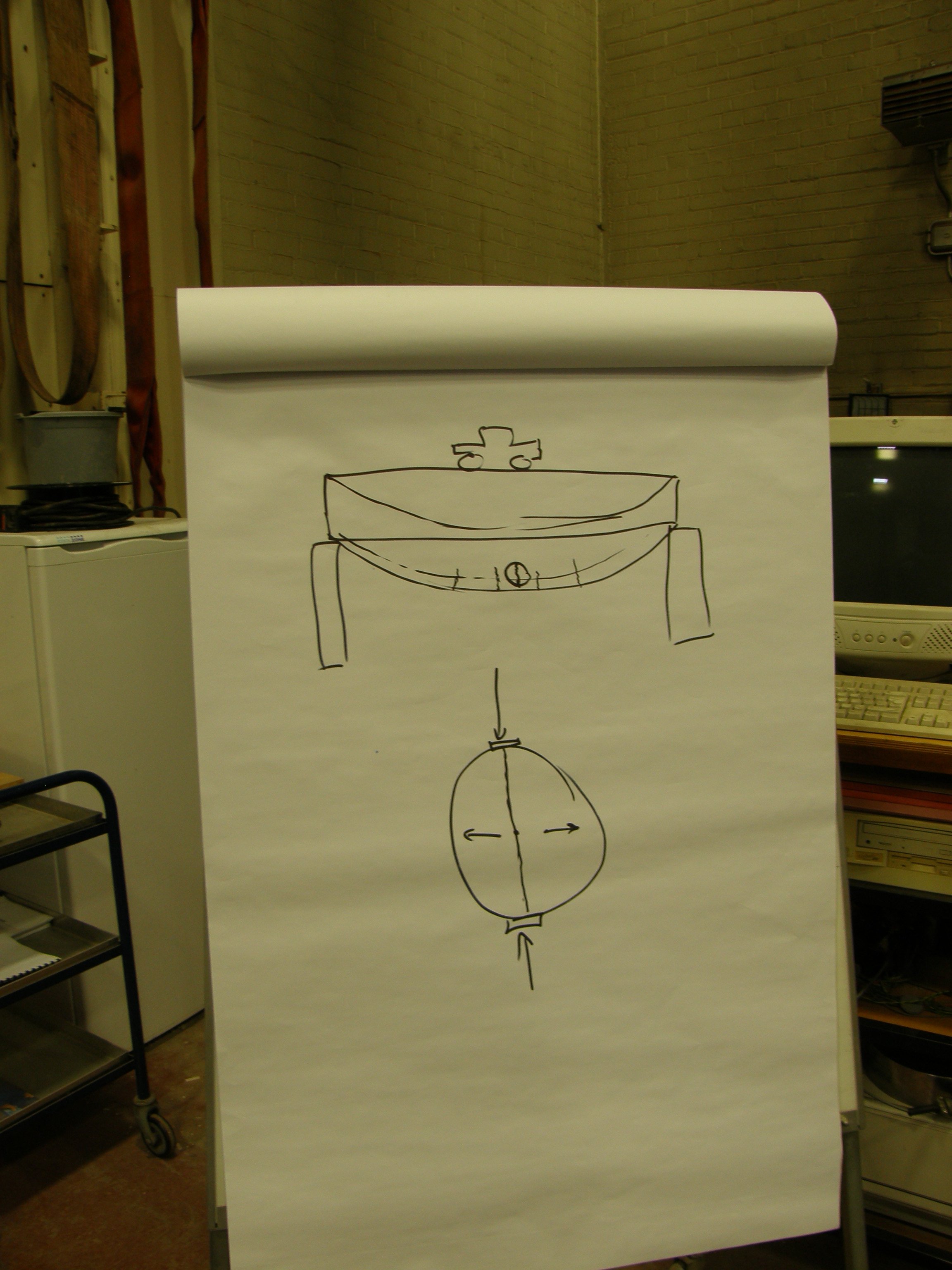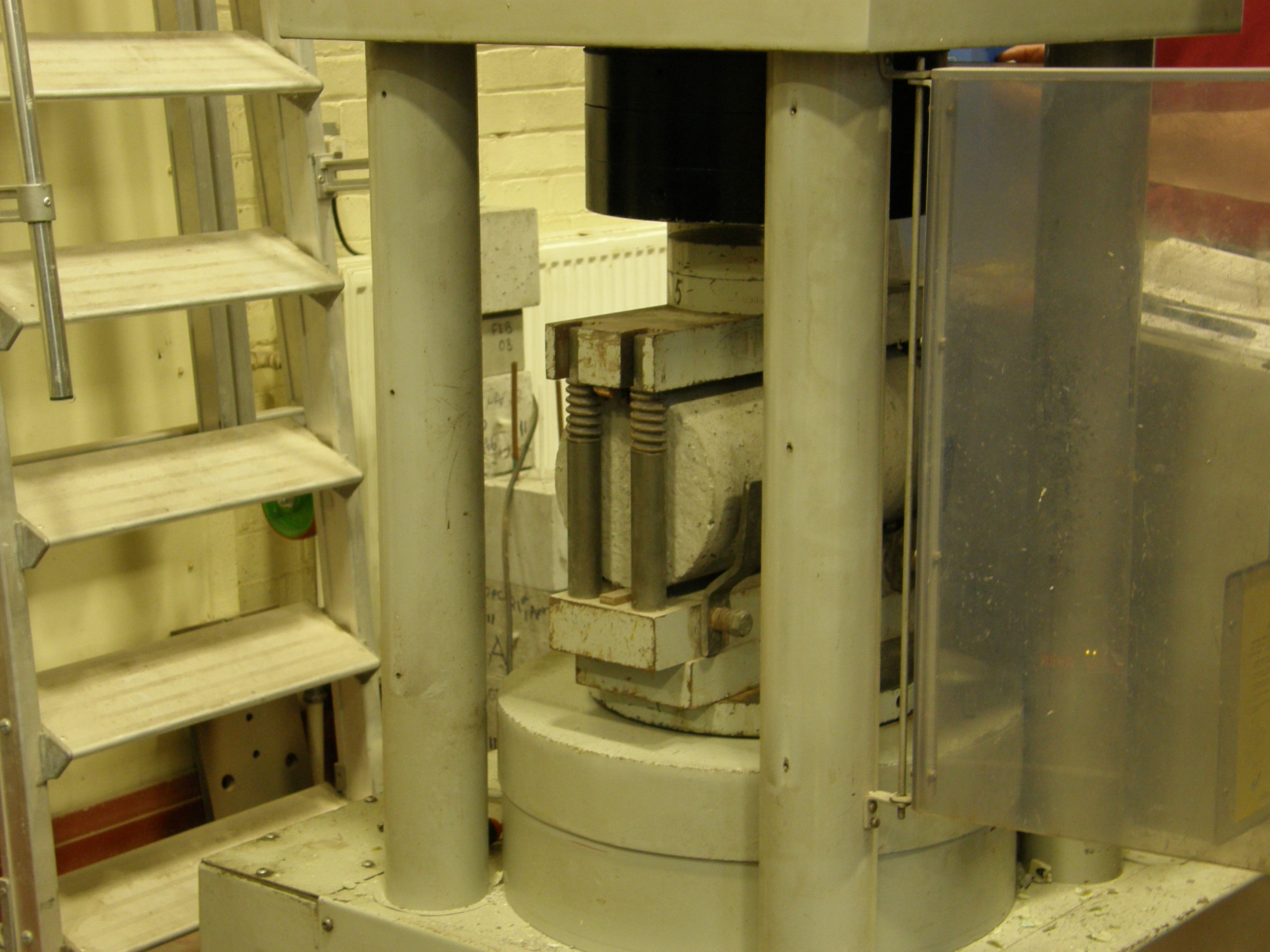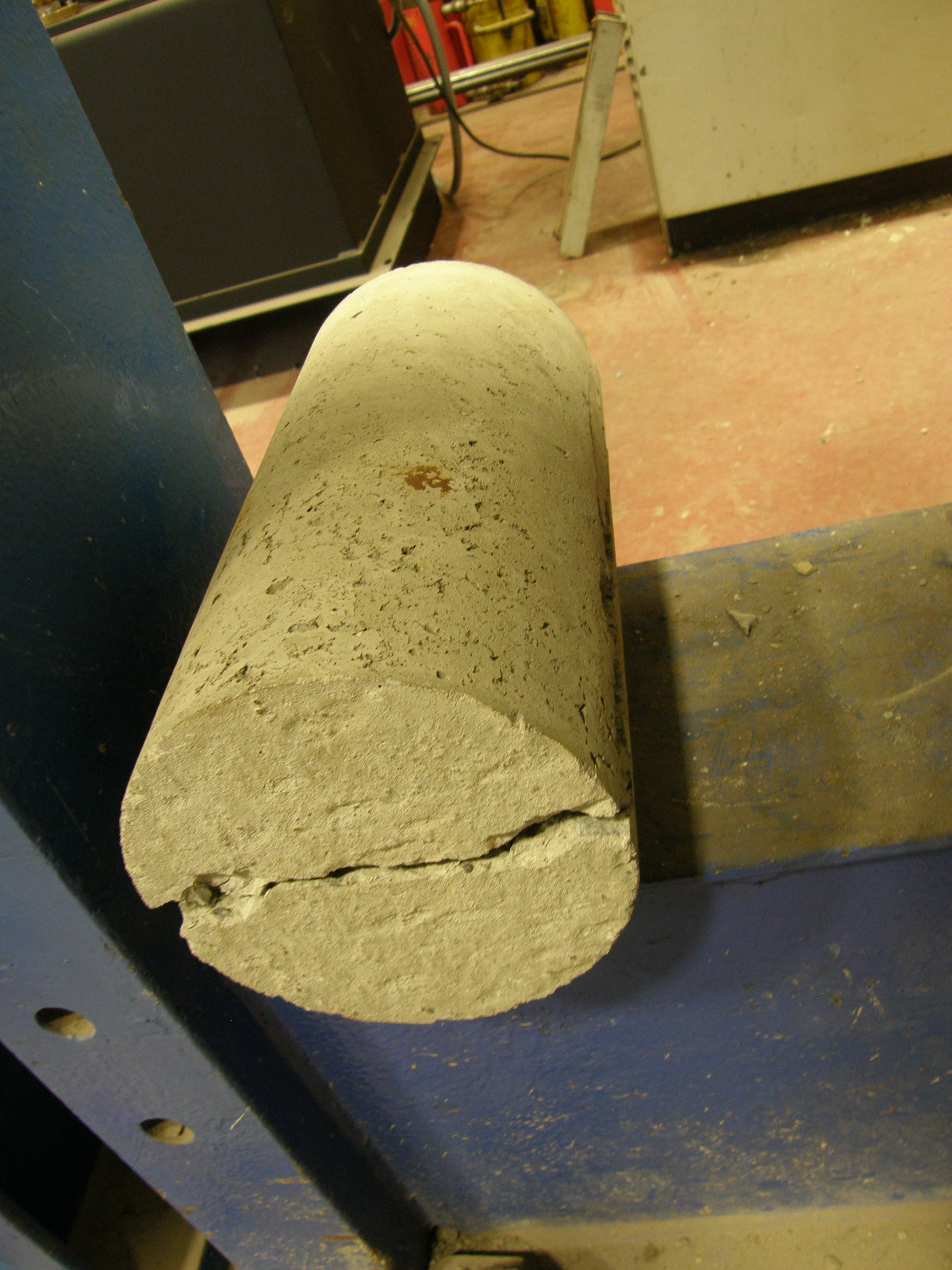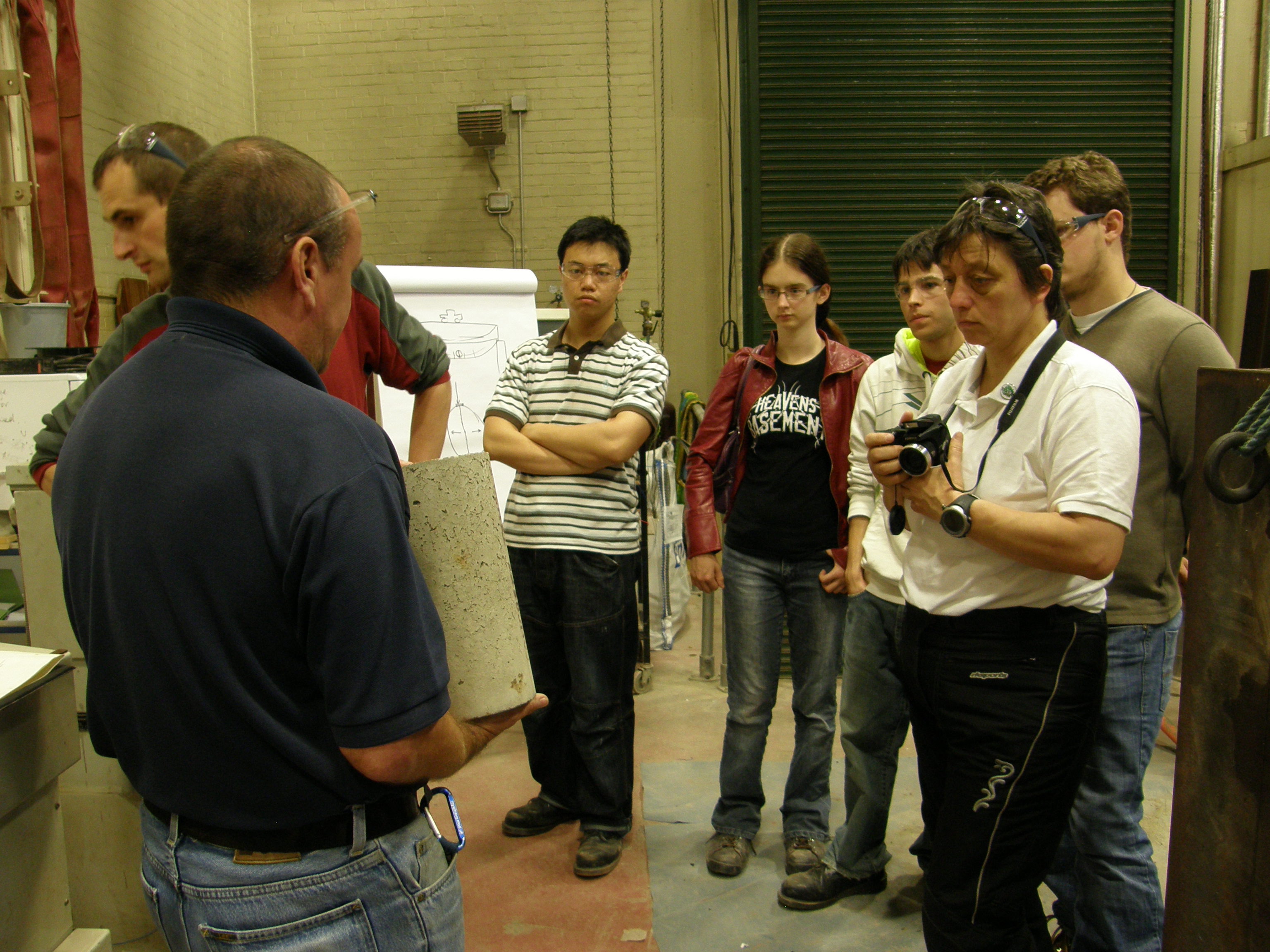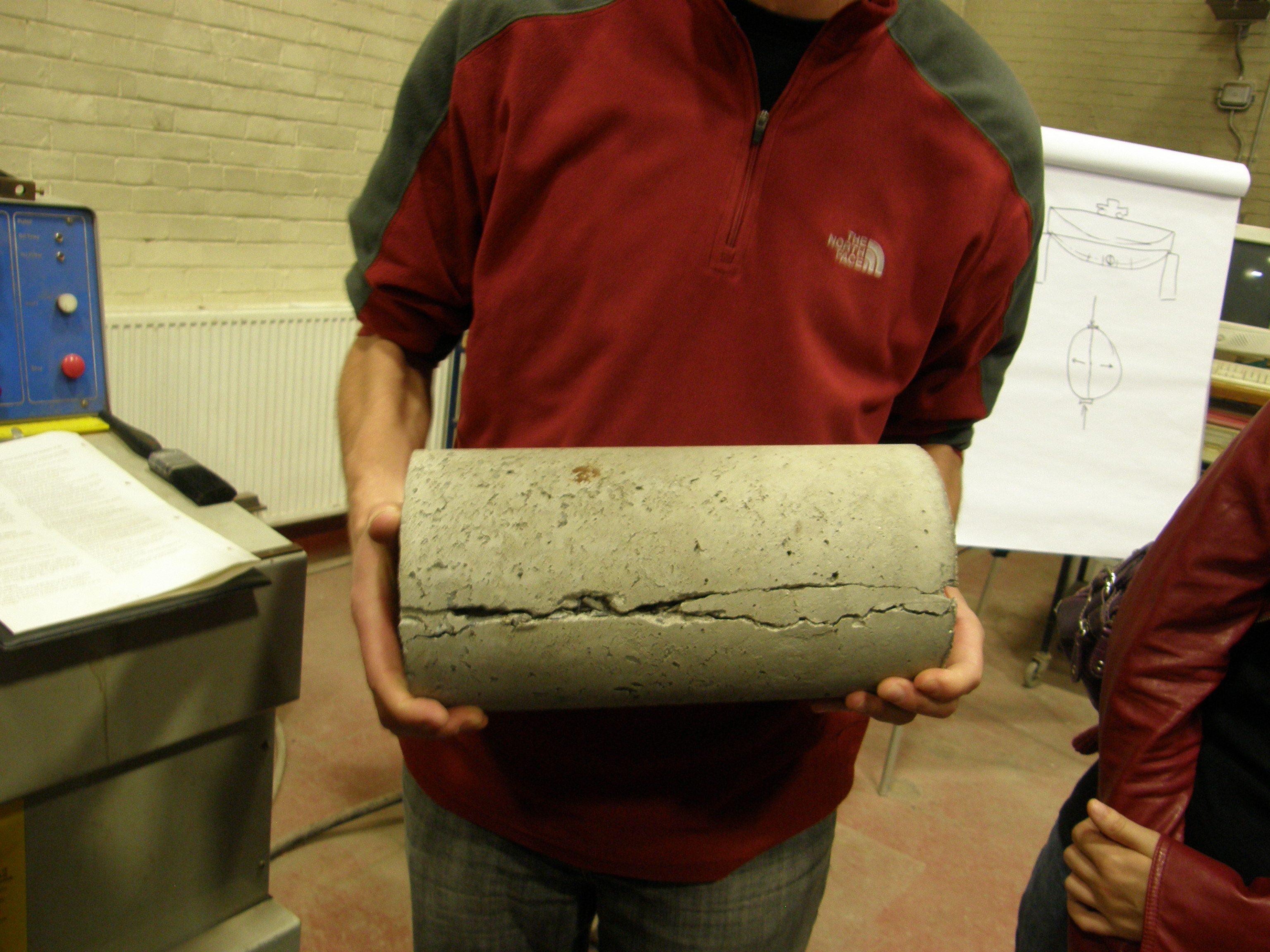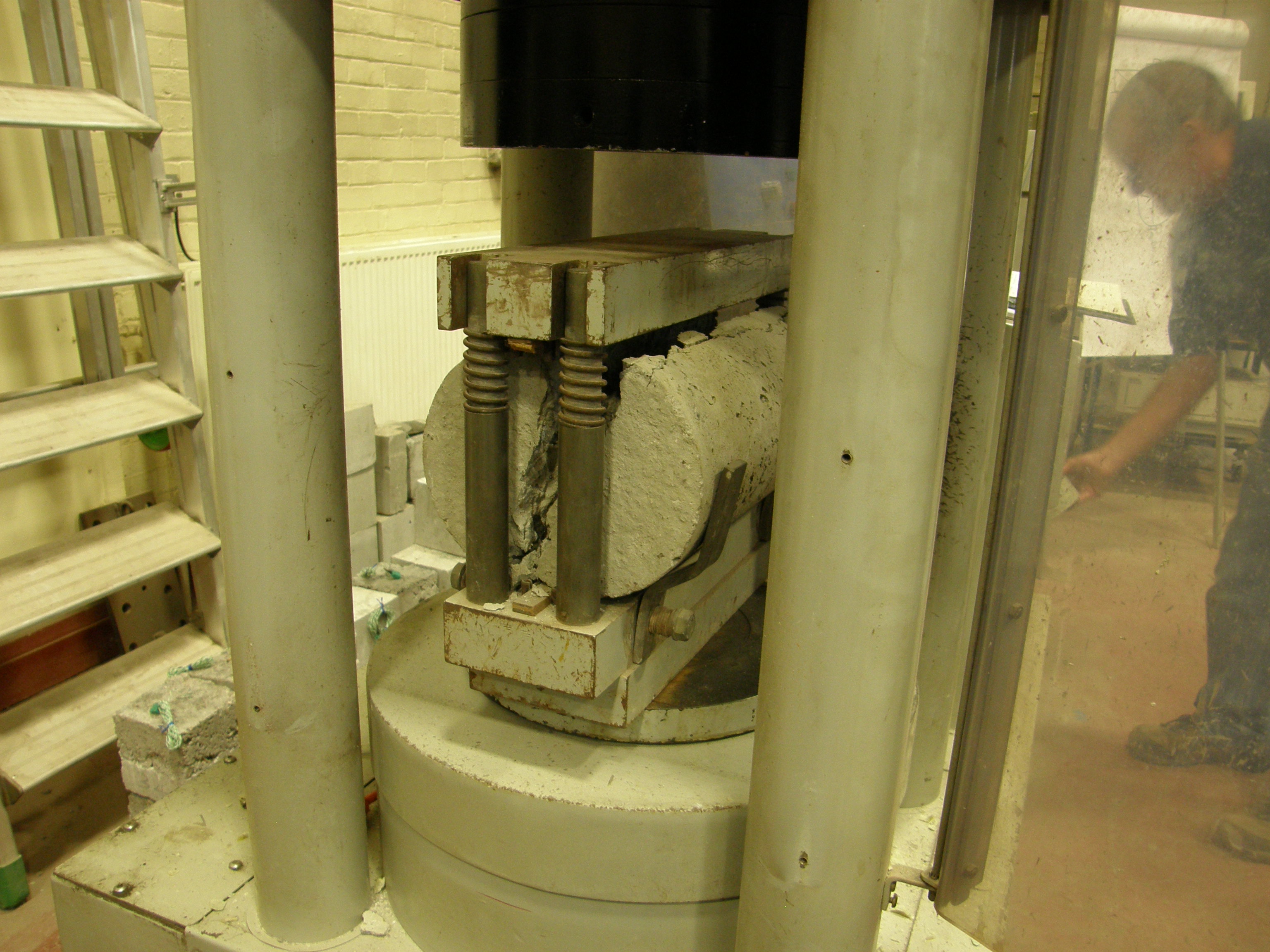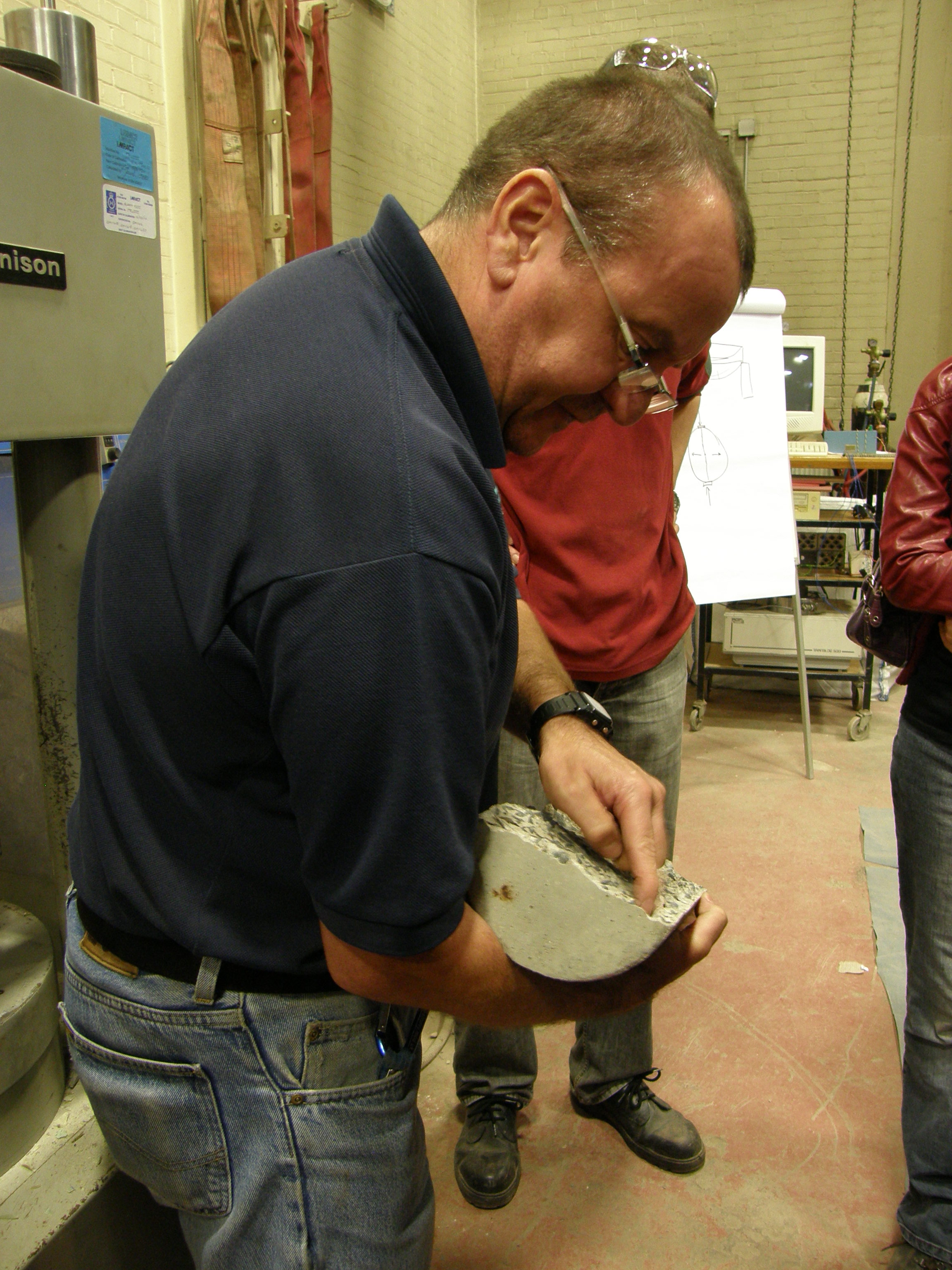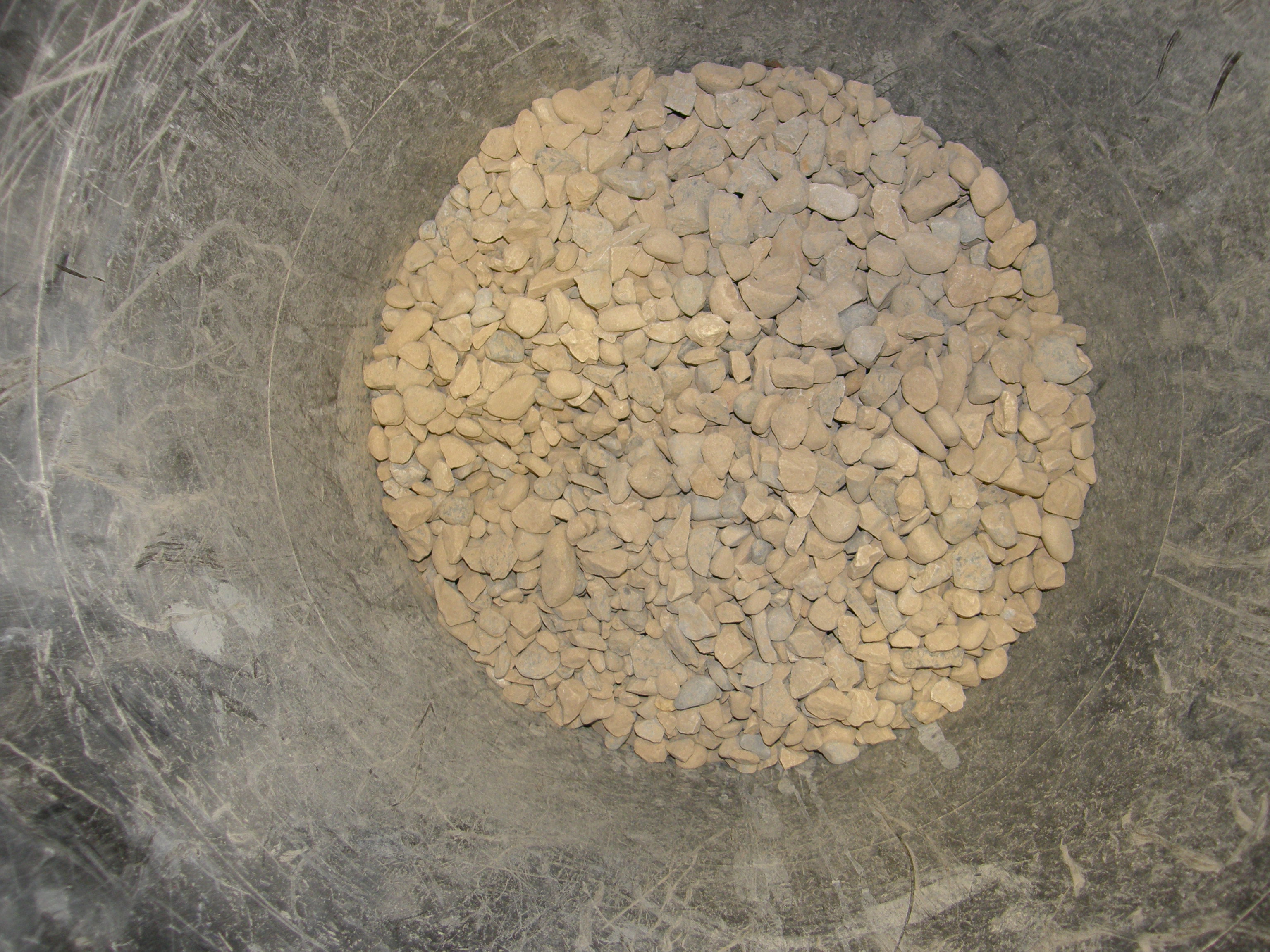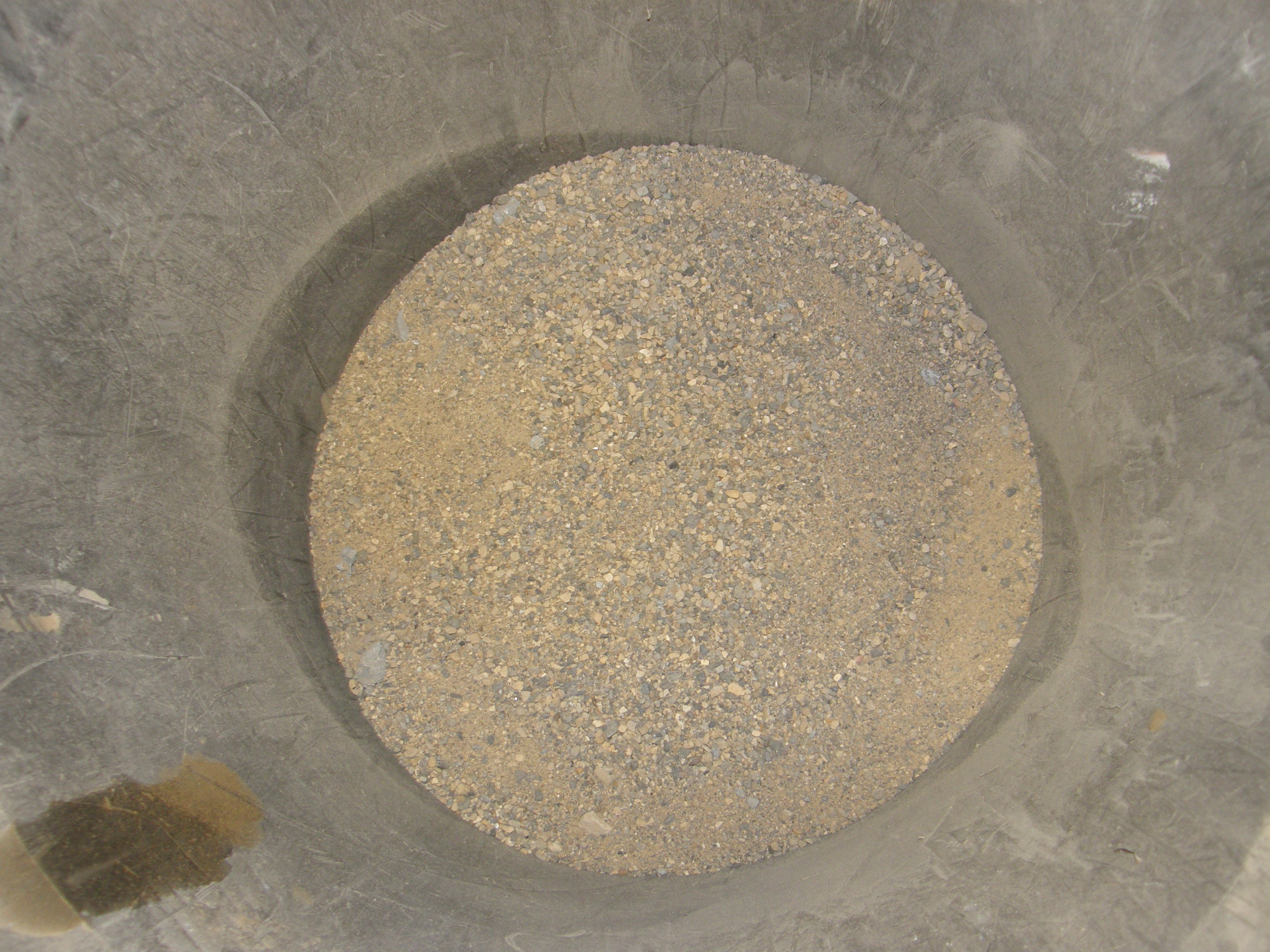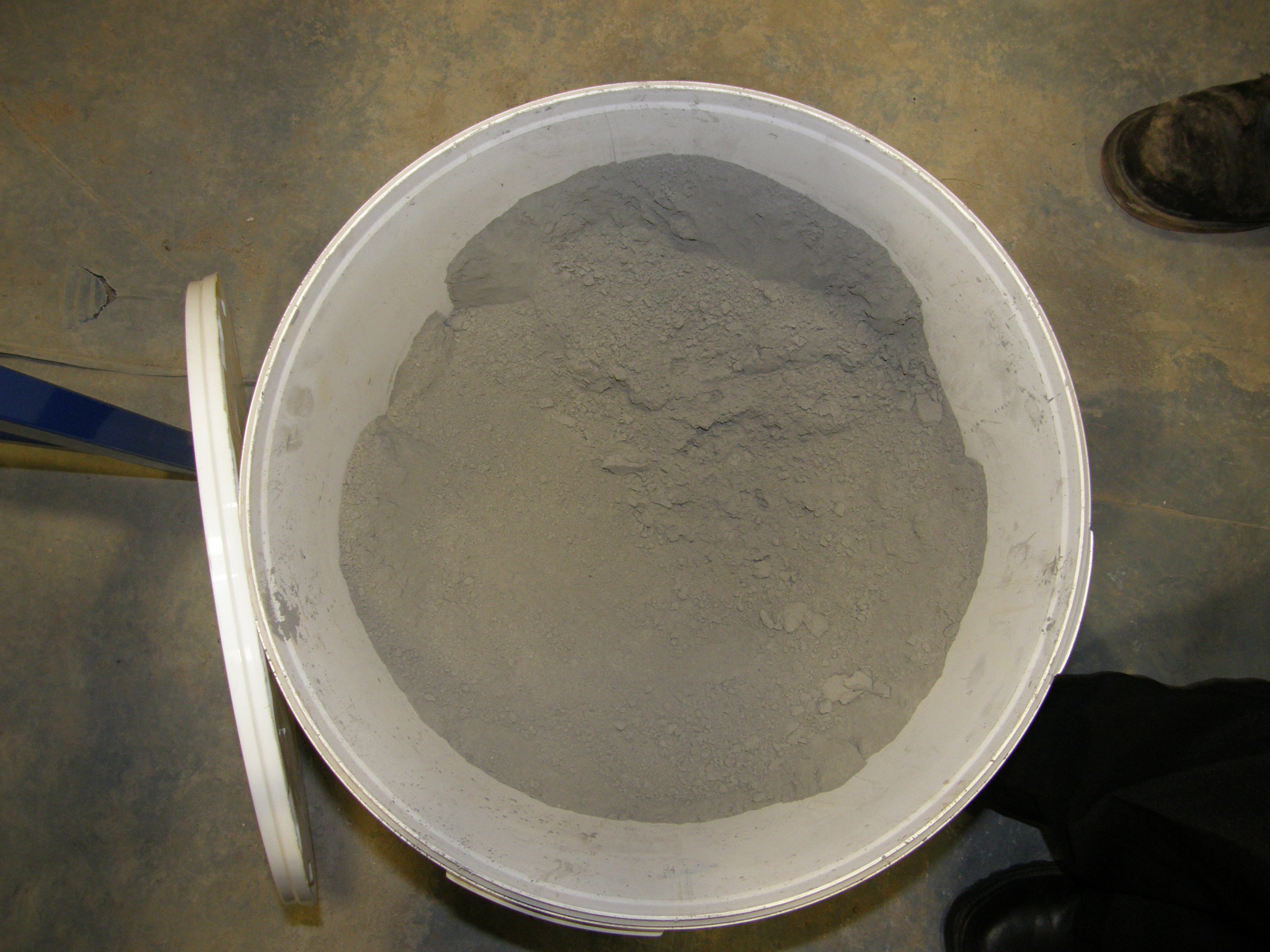Team:Newcastle/problem
From 2010.igem.org
Shethharsh08 (Talk | contribs) (→More photos) |
RachelBoyd (Talk | contribs) (→How our project is helpful) |
||
| (46 intermediate revisions not shown) | |||
| Line 1: | Line 1: | ||
{{Team:Newcastle/mainbanner}} | {{Team:Newcastle/mainbanner}} | ||
| - | ===Concrete Background | + | =Problem= |
| - | [[Media:Concrete.pdf|Deena's concrete lecture]] provides some basic knowledge on concrete as well as questions | + | ==Concrete Background== |
| + | [[Media:Concrete.pdf|Deena's concrete lecture]] provides some basic knowledge on concrete as well as answers to questions asked after our presentation at the [[UK_Meetup_2010#UK_iGEM_get-together.2C_Newcastle.2C__20th_and_21st_July.2C_2010|2010 iGEM UK Get Together]]. | ||
===Reasons cracks are bad=== | ===Reasons cracks are bad=== | ||
| + | {| | ||
| + | |[[Image:newcastle_corrosion.jpg|400px]] | ||
| + | |[[Image:newcastle_brokenbridge.jpg|400px]] | ||
| + | |} | ||
| - | # | + | # Cracks allow water to reach and corrode steel reinforcements; |
| - | # | + | # They weaken concrete structures; |
| - | # | + | # They are difficult to repair. |
Work in this area has already been started: | Work in this area has already been started: | ||
| - | [http://www.youtube.com/watch?v=PyBR3PDPa-c Bio-concrete] and a non-biological method | + | [http://www.youtube.com/watch?v=PyBR3PDPa-c Bio-concrete] and a non-biological method [http://ace-mrl.engin.umich.edu/ self healing concrete]. |
| - | The projects mentioned | + | The projects mentioned above are different from our project because they only use bacteria to repair cracks that form in specialised concrete in new buildings, whereas our BacillaFilla can repair cracks that were formed in existing structures. This makes a big difference to the construction industry because it can protect against the process of corrosion in steel reinforcements in existing structures. |
===How our project is helpful=== | ===How our project is helpful=== | ||
| - | # | + | Our project aims to: |
| - | # | + | |
| - | # | + | # Reduce the rate of corrosion of the steel reinforcements |
| - | # | + | # Reduce the need to demolish and replace existing concrete structures |
| - | # | + | # Reduce the need for cement production |
| + | # Reduce carbon dioxide emission from cement production | ||
| + | # Reduce the consumption of energy resources | ||
===How our project is novel=== | ===How our project is novel=== | ||
| - | # Our project focuses on | + | # Our project focuses not only on newly set concrete structures, but also existing ones. |
| - | # All the cells will produce calcium carbonate which has similar properties | + | # All the cells will produce calcium carbonate which has similar properties as that of concrete. |
| - | # Filamentous cells have | + | # Filamentous ''Bacillus subtilis'' cells have similar properties to the synthetic fibres used in fibre-reinforced concrete, and thereby act as reinforcements within the cracks. |
| - | # Getting | + | # Getting BacillaFilla to produce levans glue that is able to hold the calcium carbonate and filamentous cells together. It will then fill up the crack. |
| - | # Environmental kill switch | + | # Environmental kill switch which allows BacillaFilla to kill itself in the absence of sucrose, which we will add to the cracks in the concrete. |
| - | # We are working with a well known strain: | + | # We are working with a well known strain: ''Bacillus subtilis'' 168 (previous work required specific strains). |
| - | === | + | ===Visit to the Structures Lab=== |
====Concrete Splitting Test==== | ====Concrete Splitting Test==== | ||
| - | On the 5th of August, the whole team went down to the | + | On the 5th of August, the whole team went down to the Structures Lab of Cassie Building that houses the School of Civil Engineering and Geosciences, to do tensile splitting test on a concrete cylinder. We tried to understand the problems of crack formation on the concrete structures and how our project BacillaFilla can help. |
====More photos==== | ====More photos==== | ||
| Line 42: | Line 49: | ||
{| | {| | ||
|- | |- | ||
| - | |[[Image:Newcastle_Concrete_1.jpg|thumb]] | + | |[[Image:Newcastle_Concrete_1.jpg|thumb|Dr. Colin Davie showing steel reinforcements of concrete]] |
| - | |[[Image:Newcastle_Concrete_5.jpg|thumb]] | + | |[[Image:Newcastle_Concrete_5.jpg|thumb|How cracks form in bridges]] |
| - | |[[Image:Newcastle_Concrete_2.jpg|thumb]] | + | |[[Image:Newcastle_Concrete_2.jpg|thumb|Concrete in tensile strength testing machine]] |
| - | |[[Image:Newcastle_Concrete_17.jpg|thumb]] | + | |[[Image:Newcastle_Concrete_17.jpg|thumb|Concrete cylinder cracked into two]] |
|- | |- | ||
| - | |[[Image:Newcastle_Concrete_14.jpg|thumb]] | + | |[[Image:Newcastle_Concrete_14.jpg|thumb|Teaching properties of concrete]] |
| - | |[[Image:Newcastle_Concrete_15.jpg|thumb]] | + | |[[Image:Newcastle_Concrete_15.jpg|thumb|Tensile strength testing machine]] |
| - | |[[Image:Newcastle_Concrete_16.jpg|thumb]] | + | |[[Image:Newcastle_Concrete_16.jpg|thumb|Dr. Colin Davie carrying cracked concrete]] |
| - | |[[Image:Newcastle_Concrete_3.jpg|thumb]] | + | |[[Image:Newcastle_Concrete_3.jpg|thumb|Concrete in tensile strength testing machine]] |
|- | |- | ||
| - | |[[Image:Newcastle_Concrete_4.jpg|thumb|right]] | + | |[[Image:Newcastle_Concrete_4.jpg|thumb|right|Structures lab assistant, Billie explaining how concrete cracked]] |
|} | |} | ||
| Line 64: | Line 71: | ||
|} | |} | ||
| - | + | ===References=== | |
| - | + | #Neville A. (2008) ''Properties of Concrete''. 4th Edition, London, Pearson Education Limited. | |
| - | + | ||
| - | + | ||
| - | + | ||
| - | + | ||
| - | + | ||
| - | + | ||
| - | + | ||
| - | + | ||
{{Team:Newcastle/footer}} | {{Team:Newcastle/footer}} | ||
Latest revision as of 17:43, 26 October 2010

| |||||||||||||
| |||||||||||||
Contents |
Problem
Concrete Background
Deena's concrete lecture provides some basic knowledge on concrete as well as answers to questions asked after our presentation at the 2010 iGEM UK Get Together.
Reasons cracks are bad
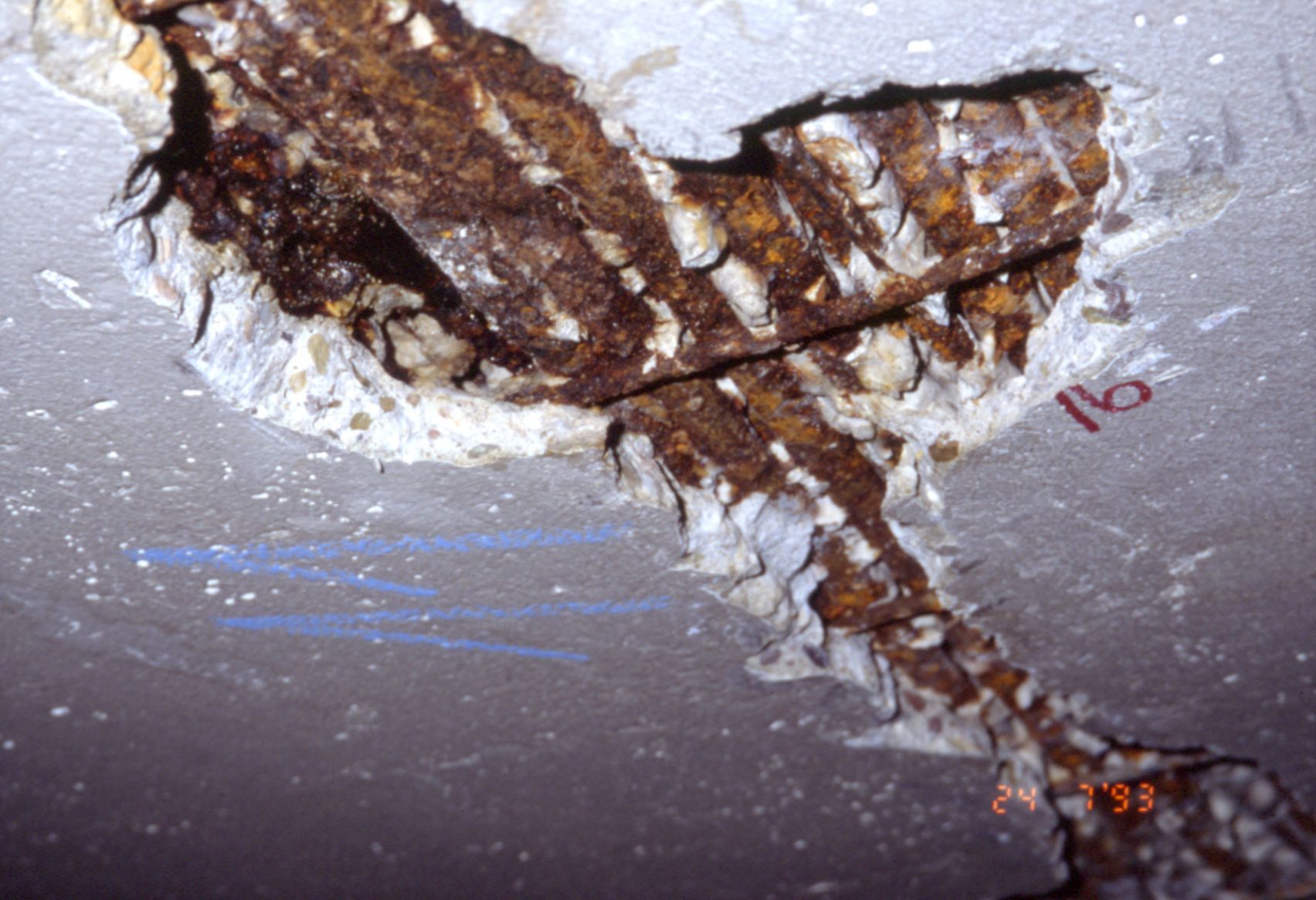
| 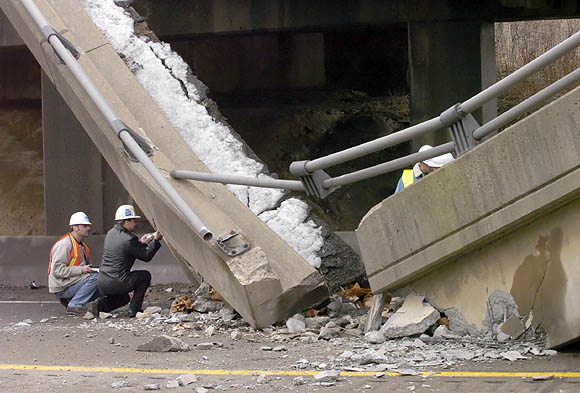
|
- Cracks allow water to reach and corrode steel reinforcements;
- They weaken concrete structures;
- They are difficult to repair.
Work in this area has already been started: Bio-concrete and a non-biological method self healing concrete.
The projects mentioned above are different from our project because they only use bacteria to repair cracks that form in specialised concrete in new buildings, whereas our BacillaFilla can repair cracks that were formed in existing structures. This makes a big difference to the construction industry because it can protect against the process of corrosion in steel reinforcements in existing structures.
How our project is helpful
Our project aims to:
- Reduce the rate of corrosion of the steel reinforcements
- Reduce the need to demolish and replace existing concrete structures
- Reduce the need for cement production
- Reduce carbon dioxide emission from cement production
- Reduce the consumption of energy resources
How our project is novel
- Our project focuses not only on newly set concrete structures, but also existing ones.
- All the cells will produce calcium carbonate which has similar properties as that of concrete.
- Filamentous Bacillus subtilis cells have similar properties to the synthetic fibres used in fibre-reinforced concrete, and thereby act as reinforcements within the cracks.
- Getting BacillaFilla to produce levans glue that is able to hold the calcium carbonate and filamentous cells together. It will then fill up the crack.
- Environmental kill switch which allows BacillaFilla to kill itself in the absence of sucrose, which we will add to the cracks in the concrete.
- We are working with a well known strain: Bacillus subtilis 168 (previous work required specific strains).
Visit to the Structures Lab
Concrete Splitting Test
On the 5th of August, the whole team went down to the Structures Lab of Cassie Building that houses the School of Civil Engineering and Geosciences, to do tensile splitting test on a concrete cylinder. We tried to understand the problems of crack formation on the concrete structures and how our project BacillaFilla can help.
More photos
Materials used to mix concrete
References
- Neville A. (2008) Properties of Concrete. 4th Edition, London, Pearson Education Limited.
 
|
 "
"
